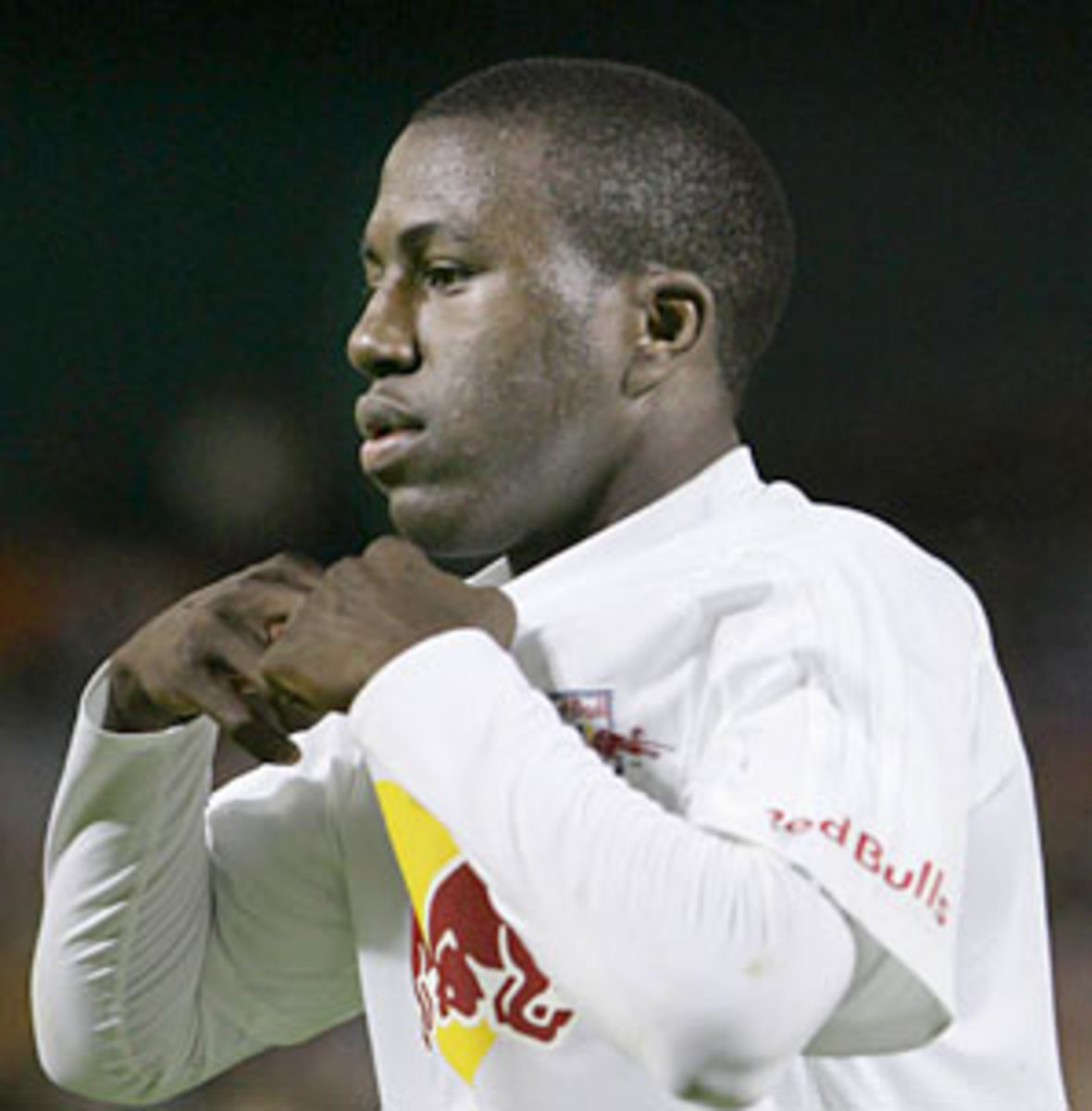Defunct MLS reserve league was imperfect but also essential
Back in 2007, a developmental milestone seemed to have been reached with respect to Major League Soccer's contribution to the U.S. soccer federation's progress. More than half of the 21 players named to the 2007 United States' U-20 World Cup roster came from the ranks of MLS. There were 11 in all based in the domestic league. Three more players were professionals with other teams overseas, making pro players a clear majority on the squad.
For a country with a long tradition of amateur athletic programs, this reduction in representation from the college ranks was no mean feat. It signaled a clear movement in the United States more in line with the programs that produce top players in the game from around the world, where young talents are put into club environments at an early age.
Though the 2007 squad didn't make it past the quarterfinal stage, they racked up some impressive scalps along the way, including a memorable group-stage win over Brazil. More importantly, the players that moved on from that roster to earn U.S. senior national team caps comprised a solid group, among them Robbie Rogers, Michael Bradley, Jozy Altidore and Freddy Adu.
The last two are both still eligible for another U-20 go-round, but are working to establish their professional careers abroad instead via loan deals.
Their absence is not the most crippling blow to the current U-20 squad, but the loss of a key element that helped foster both players could be.
The demise of the MLS reserve league is finally coming home to roost in the weakness of the professional player pool for the U-20 team.
Though some MLS coaches (notably former U.S. national team coach Bruce Arena, who complained recently about the difficulty of bringing back recovering players like Edson Buddle to game speed without reserve league games to help the process) have waxed nostalgic for the reserve program for some time, it's important to realize that the whole venture was in many ways a complete disaster.
First instituted in 2005 and killed off at the end of the '08 season, the MLS reserve league was underfunded, badly organized and capricious with its rules. Publicity-wise, it hurt the league to have the painfully low salaries of the bottom-tier developmental players publicized, although many were still eager to work other jobs in return for getting a shot at a professional career. Guest players were often signed at the last minute to field complete teams, with some clubs pressing administrative staff into service. The reserve games never made any money as most of the matches were free to the public.
Pretty much the only thing that could be worse than the MLS reserve league would be to have none at all.
Of course, that's the direction the short-sighted MLS leaders took. On the surface, it was a smart cost-cutting move that streamlined the league. Beneath that money-centric shallowness, however, the entire premise of MLS -- to develop the game in North America -- was being undercut in a cynical gesture.
Altidore began his professional career for the New York Red Bulls scoring in reserve league games before he had his driver's license. That gained the attention of then-coach Arena, who moved the young striker up to first-team minutes. It's arguable that the most successful sale the league ever had abroad (Altidore's transfer to Villarreal at $10 million dollars) would never have happened if not for the reserve league.
In contrast to two short years ago, only seven players from MLS are now on the U-20 roster for Thomas Rongen. The U-20 coach, who was once a constant presence at reserve league games, instead treks today to college matches, though the NCAA season has just barely started. With more liberal substitution rules, university players are rarely as fit as those who play full 90-minute games on a regular basis.
The main problem is that the young players who are U-20 eligible now barely feature for MLS teams. Though 2007 goalkeeper Chris Seitz was a backup on his MLS team, in reserve games he was the regular starter and faced a variety of quality strikers from other teams, keeping him game-sharp. FC Dallas' Josh Lambo, meanwhile, mostly faces his own teammates in practice. It's no wonder, then, that the No. 1 U.S. U-20 in the nets will be UCLA's Brian Perk in 2009.
None of the U-20 MLS players is a regular starter for their club team. It's a telling statistic which reflects that the lack of reserve games not only hurts the U-20 roster, but also the MLS teams who carry these young players on their rosters, yet cannot count on them to contribute because of their lack of experience.
More than any other coach, Rongen must feel keenly the contrast between the options available to him in 2007, when the reserve league was in full force and young MLS players had chances to compete regularly in a flawed, but still fundamentally important step to improvement.
If Rongen and his current USA U-20 squad are able to replicate the quarterfinal finish of 2007, it would be a near-miracle. Yet even if a good run results from the tournament, the ultimate goal of any youth team is to find players who can contribute on the next level. None of the current U-20 players have a national team cap or even training camp experience on the senior level. While senior team coach Bob Bradley may be watching the U-20 World Cup for a breakout performance, he may then be seeing some of the players in action for the first time.
After all, it's not as if he can attend a reserve league game to watch them play.
Andrea Canales is chief editor ofGoal.com North America.






